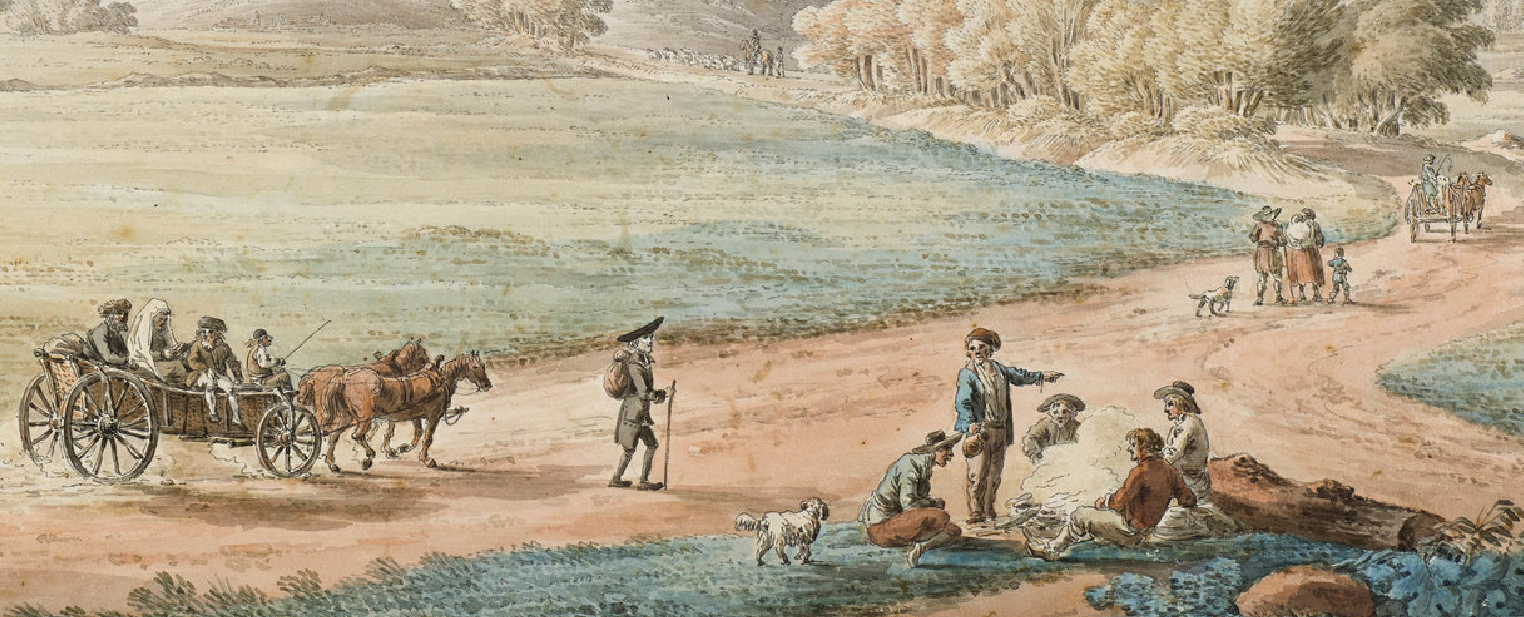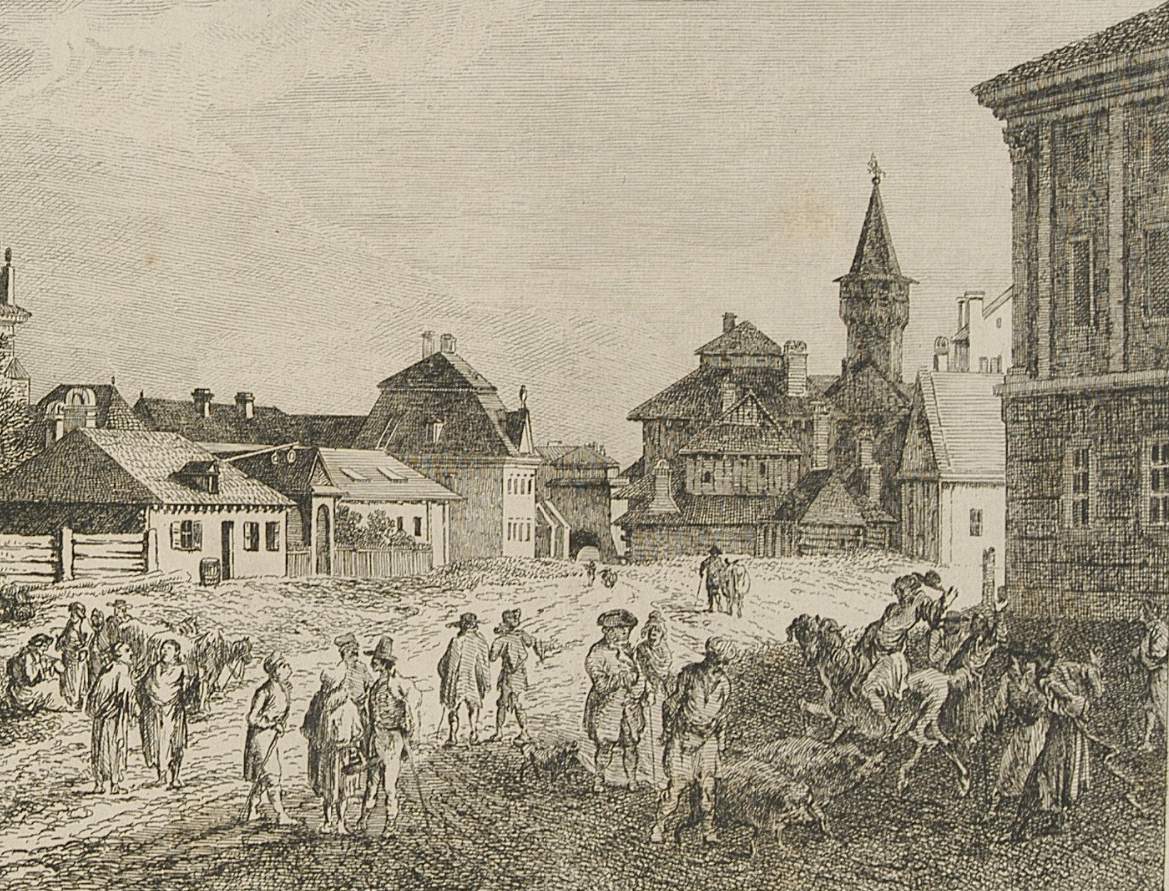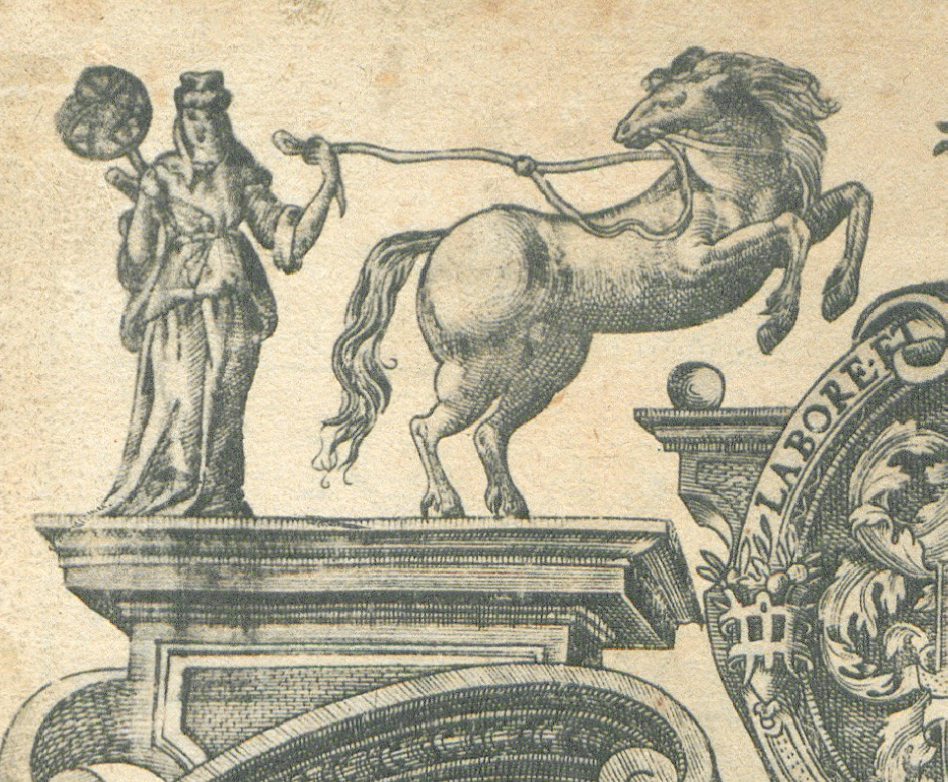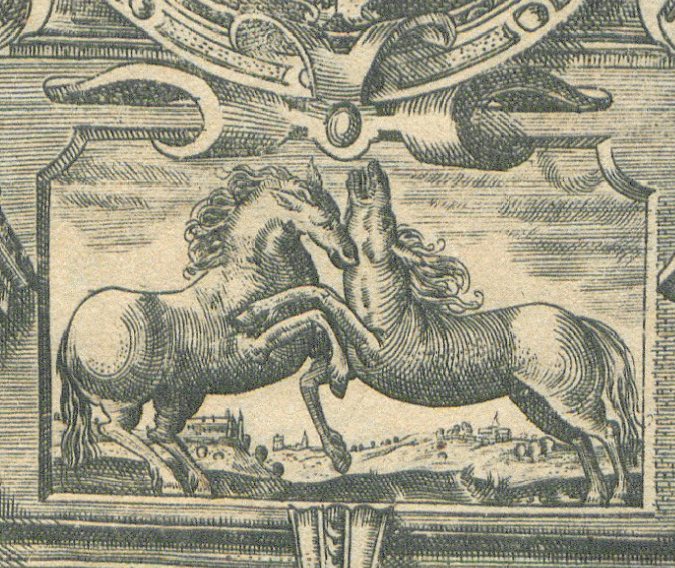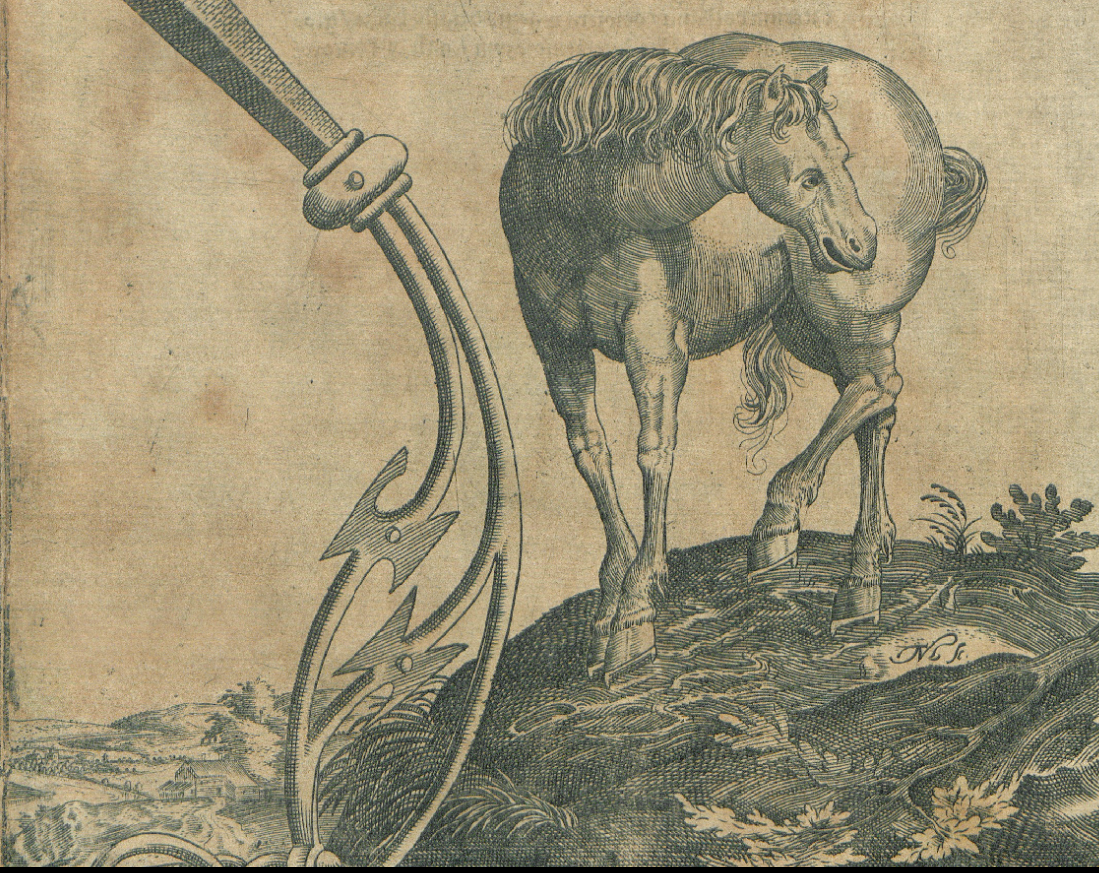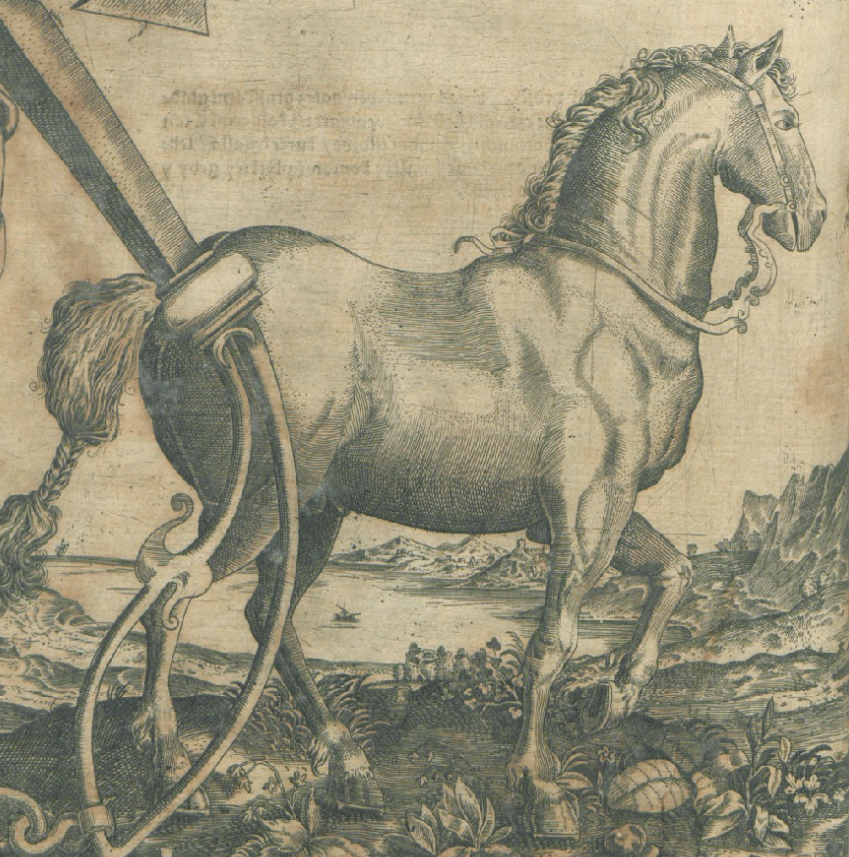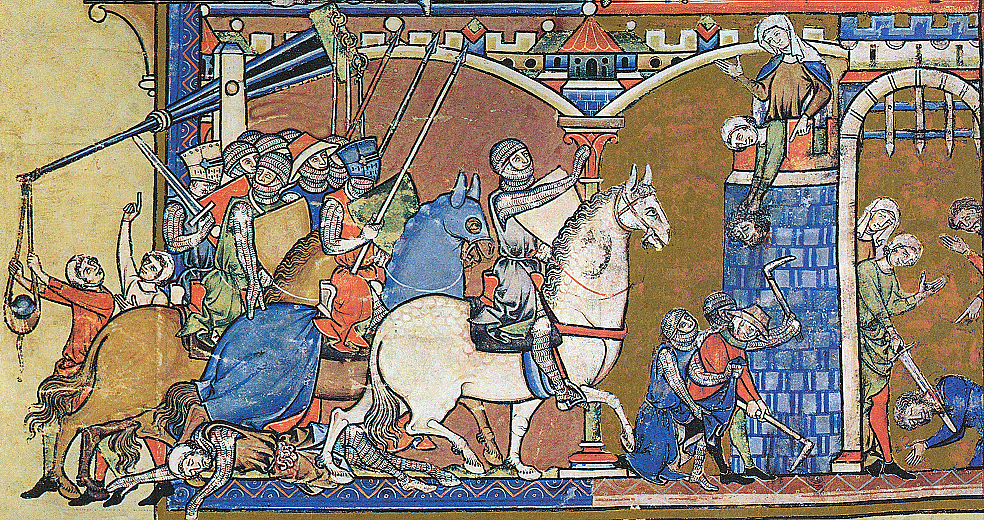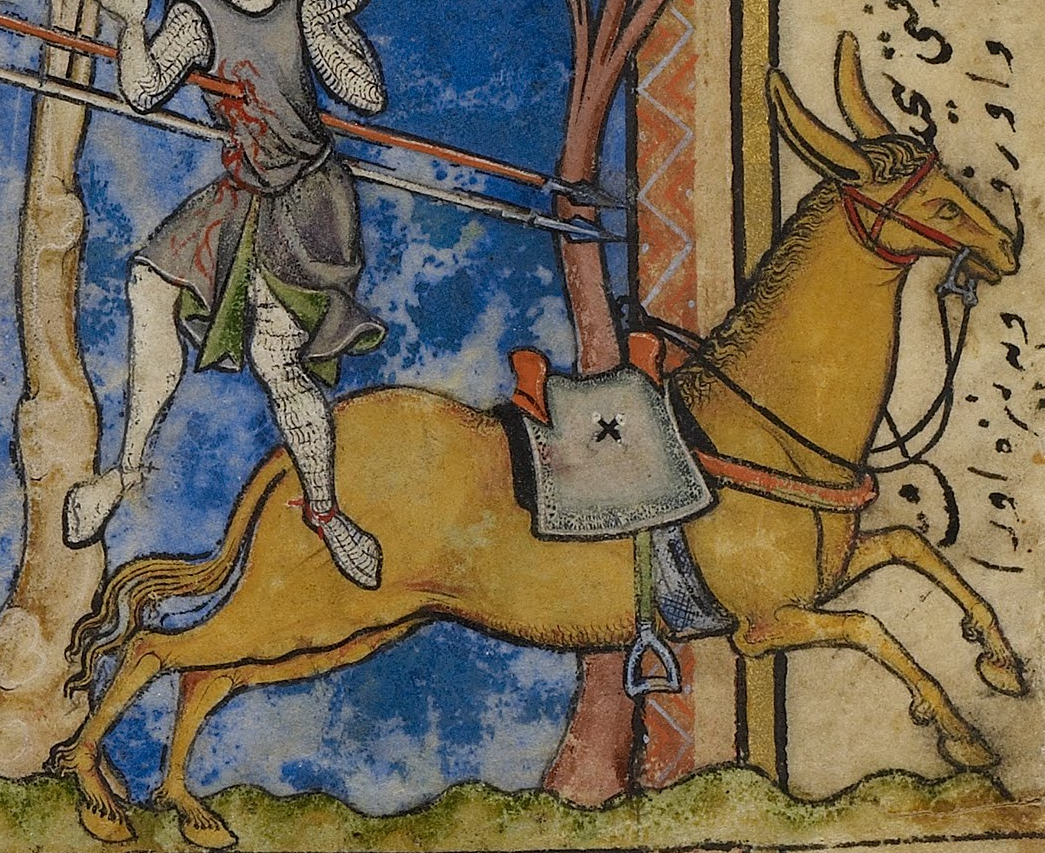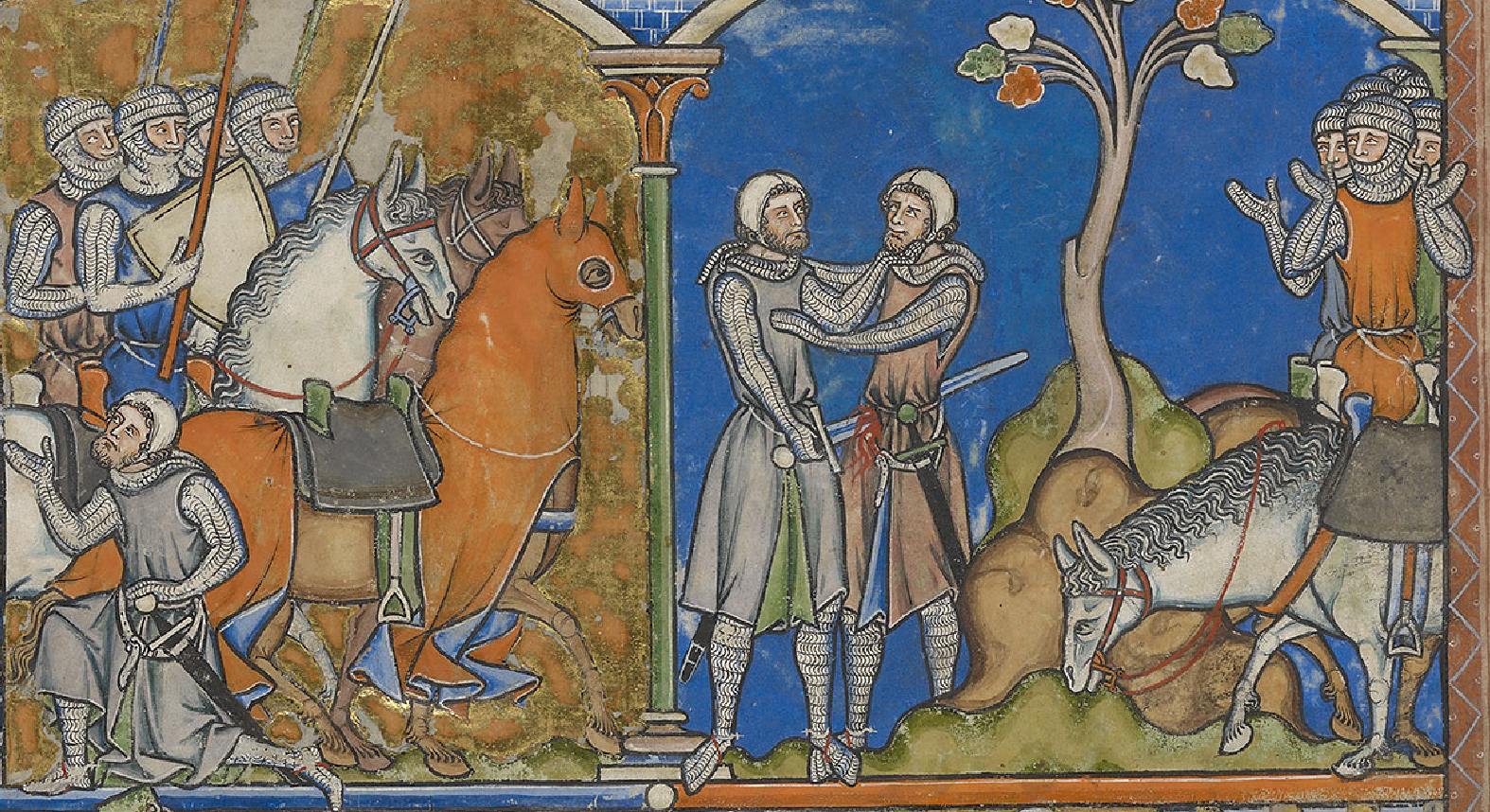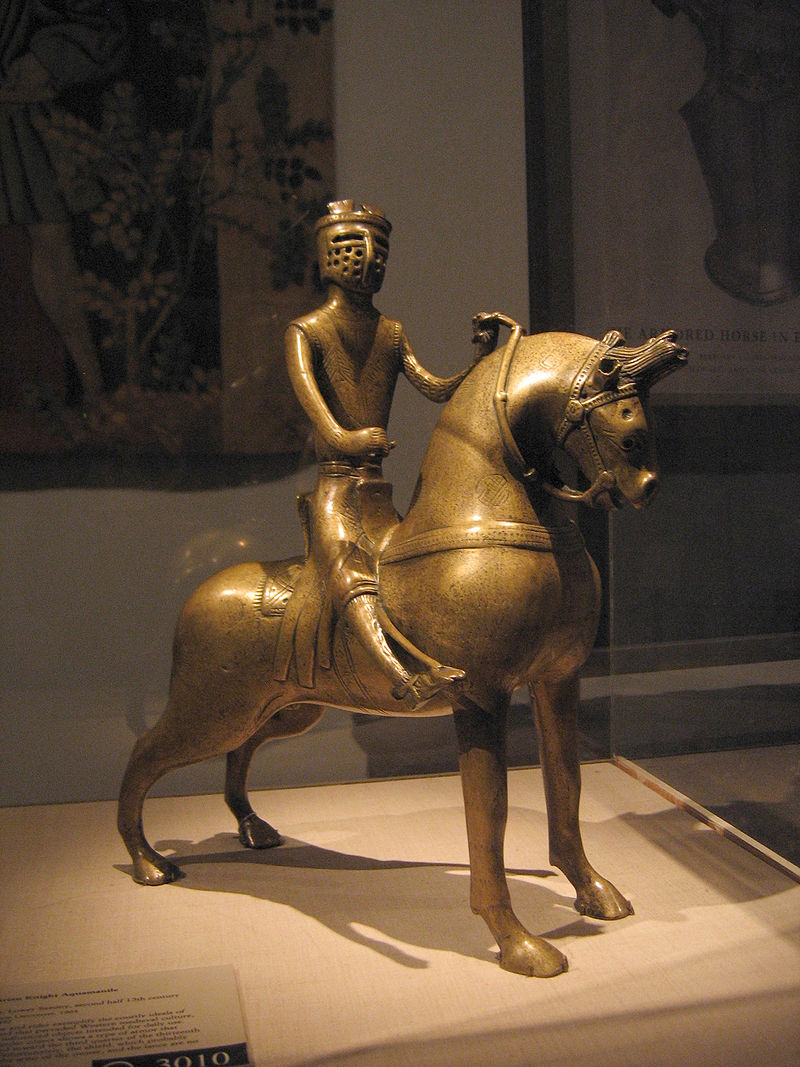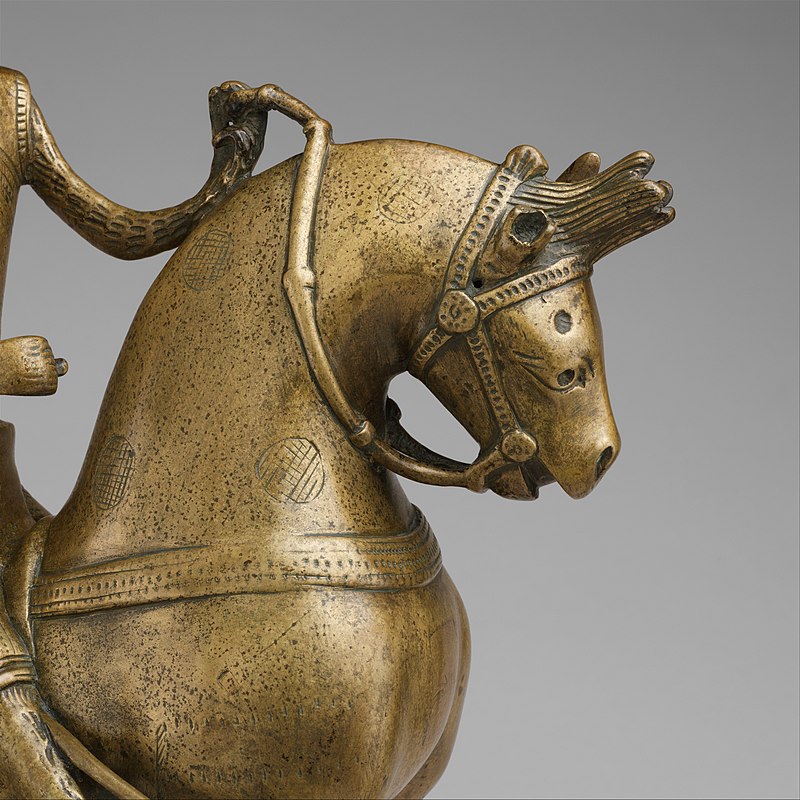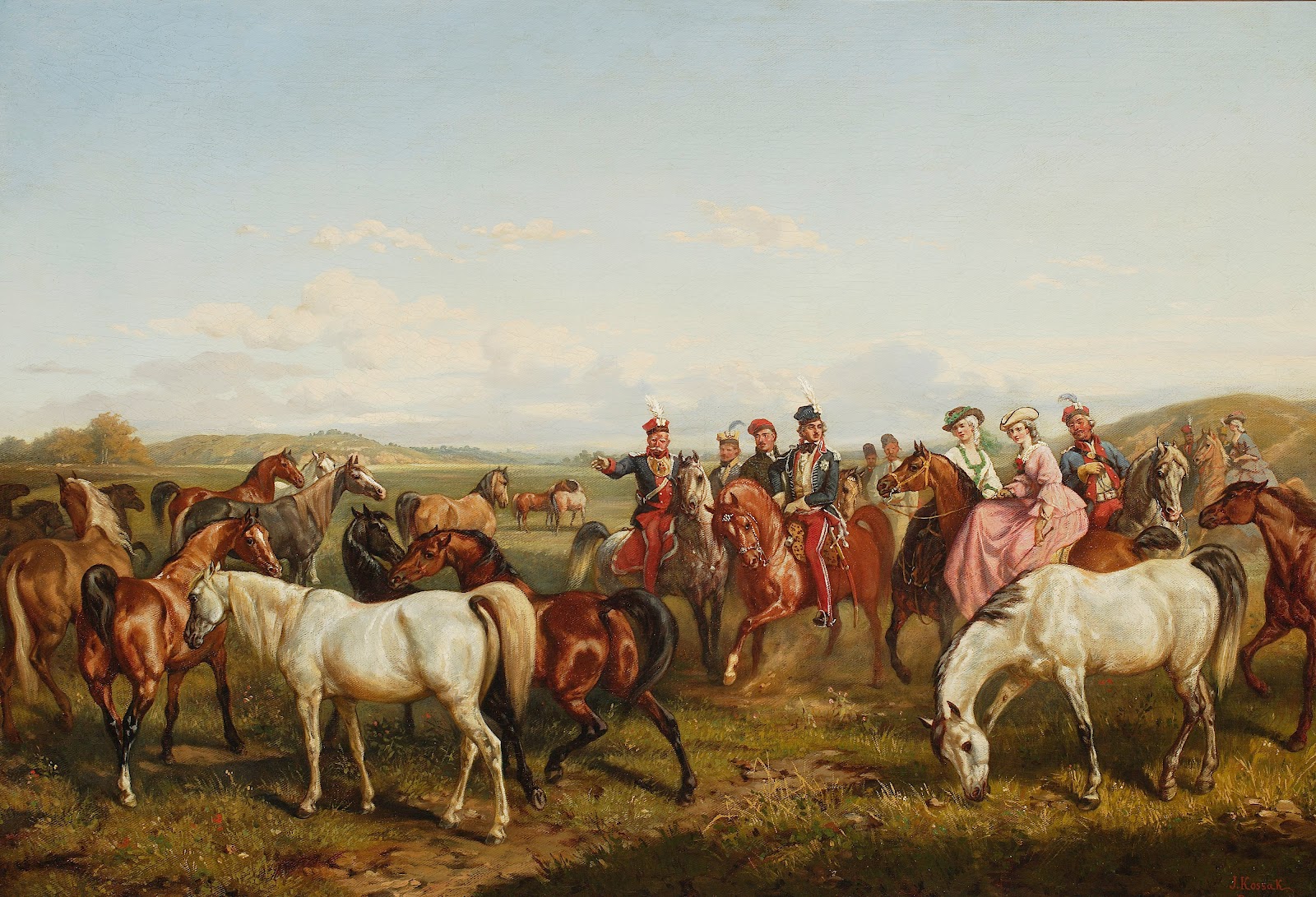Salvete Omnes,
Zygmunt Vogel (1764-1826AD) was a Polish artist of German descent, both parents emigrated to Polish Kingdom during the mid-XVIII century, who was active both in the XVIII and XIX centuries.
 |
| Krakowskie Przedmiescie Street |
In these watercolors we see the town of Kock - two different views ( from the collections at the National Arts Museum in Warsaw).
Do note the wagons and men and boys riding pareback.
In this view, there is a Jewish family abroad a wagon returning to the town, with some traveler way ahead, another cart pulled by horses and perhaps farmers and beggars at the fire.
 |
| there are some red, Old Polish cows in this landscape |
in this watercolor the town of Ostrog, during the Ruthenian, Duchy of Lithuanian and Old Poland the town & castle was the seat of the Ostrogski clan.
Krasinski Palace in Warsaw - the south side - as it appeared in the 1790s
A detail of town dwellers and one horseman, from a print showing the old town of Tarnow -
Note that the people in those watercolors and prints are dressed in the Old Polish costumes and national attire etc. Back then we had our own popular culture, one cannot say about the present days in Poland... but even then our poets satirized the wealthy and rich propensity to follow Paris and London fashions (like the riding attire from England was all the rage well int the XIX century early years).and some Old Poland cattle in this view of the Ujazdow castle.
I will have more Vogle's artwork in the future, the pieces from the Duchyof Warsaw period. as they are very interesting per the army and ulan cavalry etc.
Valete





